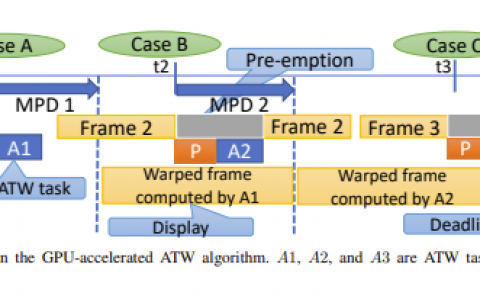Realtime Collision Avoidance for Mechanisms with Complex Geometries
PubDate: August 2018
Teams: German Aerospace Center;
Writers: Mikel Sagardia; Alexander Martin Turrillas; Thomas Hulin
PDF: Realtime Collision Avoidance for Mechanisms with Complex Geometries

Abstract
This video presents a collision avoidance framework for mechanisms with complex geometries. The performance of the framework is showcased with the haptic interface HUG [3]. We are able to avoid contacts with the robot links and with moving objects in the environment in 1 kHz. The main contribution of our approach is its generic and extensible nature; it can be applied to any mechanism consisting of arbitrarily complex rigid bodies, in contrast to common solutions that use simplified models [2], [7]. In the preprocessing phase, first, the kinematic chain of the mechanism is described [1]. Second, we generate voxelized distance fields and point-sphere hierarchies for the geometry of each mechanism link and each object in the environment [6]. After that, our system requires only the joint angles and information of the environment state (e.g., object poses tracked by optical sensors) to compute collision avoidance forces. At runtime, each link is artificially dilated by a safety isosurface. If a point of an object goes through this surface, a normal force scaled by its penetration depth is computed and applied to the corresponding link. If humans are generically modeled as mechanisms and properly tracked, our system can also prevent collisions with them, ensuring save human-machine collaboration. Figure 1 illustrates the framework and its basic components. The multi-body collision computation architecture was first developed for virtual maintenance simulations with haptic feedback [5], [4], and thereafter extended to collision avoidance of mechanisms. A first prototype was previously published in [8].


